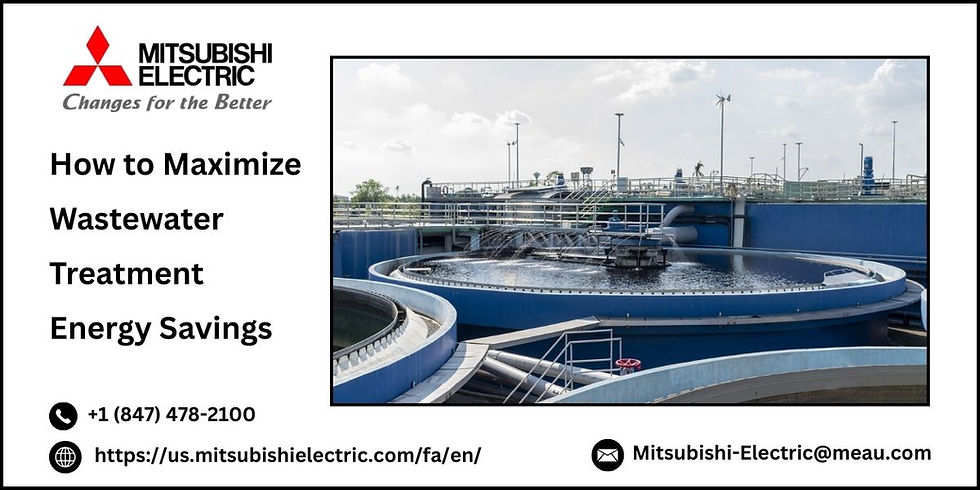The Evolution Of Factory Robots: From Simple Tasks To Complex Operations
- mitsubishielectric1
- May 18, 2023
- 2 min read
Updated: Jun 16, 2023
The earliest factory robots were developed in the 1960s and were primarily used for basic operations such as automated packaging line work, material handling, and packaging. These robots were limited in their capabilities and required extensive programming to perform their tasks. They were also large and expensive, making them inaccessible to most manufacturers.
However, as technology advanced, factory robots became more versatile and affordable. Today, robots are a common sight on manufacturing floors, with automated conveyor systems, packaging lines, and automated pallet stackers becoming increasingly popular. Here are some of the key developments that have driven the evolution of factory robots.

Advancements In Sensing And Perception
One of the most significant advancements in factory automation has been in the area of sensing and perception. Early robots were limited in their ability to perceive their environment and react accordingly. However, today's robots are equipped with advanced sensors such as cameras, lasers, and ultrasonic sensors that allow them to detect and respond to changes in their environment.
These sensors have made it possible for robots to perform more complex tasks, such as sorting and quality control, which were previously difficult to automate. With the help of sensors, robots can detect defects, measure parts, and even interact with human operators safely.
Flexible Automation
Another key development in the evolution of factory robots has been the move towards flexible automation. In the past, robots were designed to perform specific tasks, and any changes to the production process required extensive reprogramming. However, with the advent of flexible automation, robots can be quickly reprogrammed to handle different tasks, making them more versatile and cost-effective.
Today's factory robots are designed to work alongside human operators, sharing tasks and adapting to changing production requirements. Automated conveyor systems, for example, can be reconfigured to handle different products and packaging types, while pallet stackers can be programmed to work with a variety of pallet sizes and configurations.
Collaborative Robots
Another significant development in factory robotics has been the rise of collaborative robots, also known as cobots. Unlike traditional robots, which are designed to work in isolation, cobots are designed to work alongside human operators, sharing tasks and interacting with them safely.
Cobots are equipped with advanced sensors and software that allow them to detect the presence of humans and adjust their behavior accordingly. They are designed to be easy to program, making them ideal for small and medium-sized manufacturers who may not have the resources to hire specialized programmers.
Conclusion
The evolution of factory robots has been driven by advancements in technology and the changing needs of manufacturers. From performing simple tasks to handling complex operations, robots have revolutionized the manufacturing industry, making it more efficient, accurate, and cost-effective. Automated conveyor systems, packaging lines, and pallet stackers have become essential components of modern manufacturing facilities, allowing manufacturers to increase production, reduce costs, and improve quality. With the continued development of sensing and perception technologies, flexible automation, and collaborative robots, we can expect to see even more exciting developments in the field of factory robotics in the years to come.
RELEVANT BLOGS

.png)



Comments